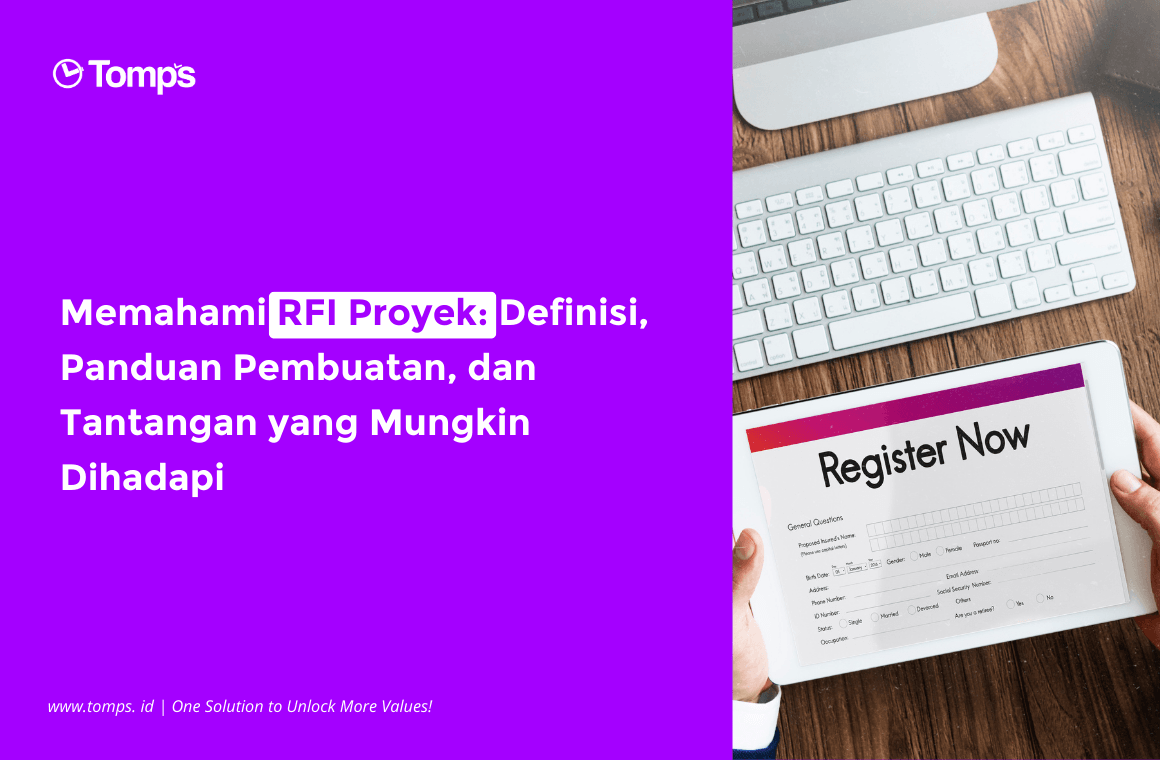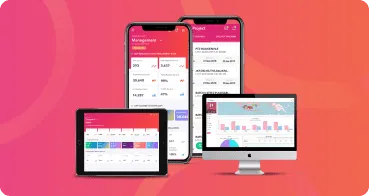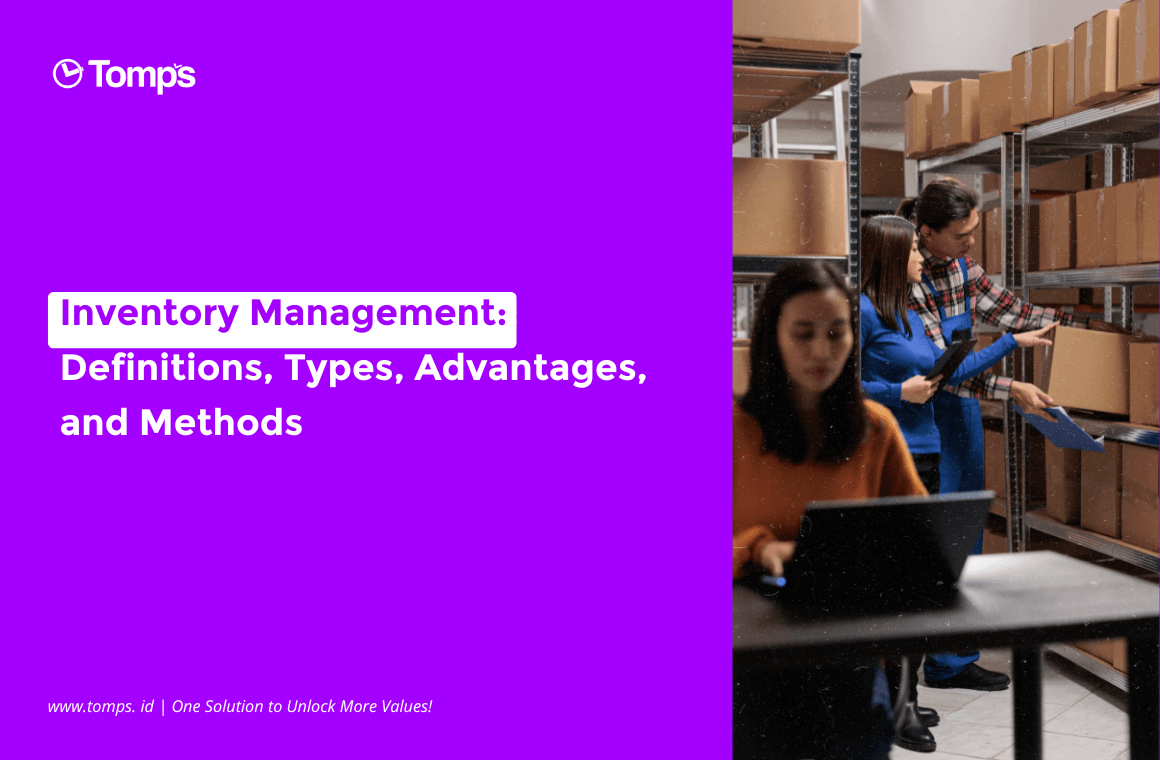In the construction industry, RFI is an essential component of every project that allows stakeholders to communicate and explain information, reducing the risk of errors and avoiding unnecessary extra costs. In this article, we will discuss in full what RFI is, how to create it, and how to manage it effectively. Of course, there are examples of RFI too; below is an explanation.

What is RFI in projects?
RFI is an abbreviation for Request for Information, or submission of information. An RFI is a formal document used in the construction industry to explain information and ask questions about various aspects related to a project. The purpose of an RFI is to ensure that all stakeholders have the necessary information to make the right decisions and avoid costly mistakes. RFIs differ from other construction-related documents in that their purpose is to clarify or obtain information, not to make changes to the project scope or results. Good RFI documentation is essential to ensure that all parties involved in construction have the same understanding and that the project can be completed on time, on budget, and in accordance with applicable quality standards. In short, RFI is a powerful tool to streamline communication and increase collaboration between all stakeholders in a construction project. So when is RFI used, and how is it created?
When is RFI used?
RFI is necessary in construction projects when there is a need to clarify or obtain additional information regarding a project. An RFI is a way to keep all stakeholders in the loop and ensure that everyone has access to the information they need to make informed decisions. Some examples of project RFIs are used when there is a need to clarify project specifications, confirm design intent, request technical information, or address unexpected site conditions. RFIs are also useful when there is a need to obtain information about a project schedule, budget, or change orders. The use of RFI can provide many benefits, such as reducing the risk of miscommunication and errors, minimising delays and rework, and improving the quality of the final product. RFIs also facilitate collaboration and communication among all stakeholders, ensuring that everyone is aware of project requirements and changes. In conclusion, RFIs are necessary in a variety of situations in construction projects, such as when there is a need to clarify information, request additional details, or address unforeseen problems. If used well, the project will get good final results.
How do I create an RFI?
After understanding when and why a project should use RFI, it's time to find out how to create an efficient RFI. Here are some easy steps that are effective and efficient:
- Identify the information needed and to whom the RFI will be sent.
- Make questions that are concise but must be clear and able to answer every need.
- Include drawings, specifications, or other relevant project documents for context and clarity of the situation.
- Send RFIs according to established communications protocols and documentation.
Key elements that must be included in an RFI include the project name or number, date, unique RFI number, information about the contact person or team sending the RFI, project title or number, and so on. The RFI that is considered the best is one that is concise and specific, uses straightforward language, and provides sufficient detail and context to ensure understanding.
How to manage RFI
After creating an RFI, this does not mean that this work is finished, because it must be managed effectively. Proper RFI management is essential to ensuring all stakeholders have all the information necessary to make the right decisions and avoid costly mistakes. Tracking and managing RFIs requires an effective system that allows stakeholders to document, review, and respond to RFIs quickly. This may include the use of project management software, spreadsheets, or other tools. Here are some tips for managing RFI effectively:
- Assign a unique identification number to each RFI.
- Create an organised communications protocol for RFI.
- Establish a schedule for responding to RFIs.
- Ensure all stakeholders have access to the documentation associated with each RFI.
Managing RFI effectively allows the construction team to guarantee that all critical information can be gathered and the construction project can be completed according to a predetermined schedule, within budget, and in accordance with predetermined quality standards.
Things to include in an RFI
RFI can be classified into several different categories. This classification will greatly facilitate communication because stakeholders can discuss each category in detail. Here are some categories that should be included in an RFI:
- Design clarification: conflicts, unfinished plans, specifications
- Design change requests: if there are errors in the build
- Substitution requests: material availability, ease of use of tools
- Construction problems
- Location conditions vary.
The above categories are not exhaustive, and it is even more important to understand what an RFI is not. Many things need to be adjusted, but it would be better if they were conveyed or communicated using methods other than RFI. RFI is not intended to be used as a routine communication or documentation method. RFI cannot replace verbal communication or be used for positioning.
Challenges in the RFI Process
One of the main problems with RFI is the additional costs that may arise from development projects. These costs may not seem like much at first, but the delays, downtime, and costs resulting from RFI can add up over time. In addition, an RFI can involve several team members; if all of them delay the work process, it will cause more delays. Problems that Often Occur and Should Be Avoided in RFI In development projects, there are several errors that often occur when using RFI. The first mistake is using unclear language in the RFI. This will create confusion and lead to delays in receiving important information. To avoid this, make sure to use language that all teams can understand and be specific. Another common mistake that should be avoided is failing to provide sufficient detail and context in an RFI. This error can result in providing incomplete information and will lead to larger errors in the future. To avoid this mistake, be sure to include all relevant information and provide additional context in the RFI. The use of quality project management software really helps create an RFI for project success. Tomps by Telkom Indonesia is a mobile and web-based collaborative digital management solution that prioritises ease in managing company needs with online supervision. Visit the Tomps website now to find out all the features!







